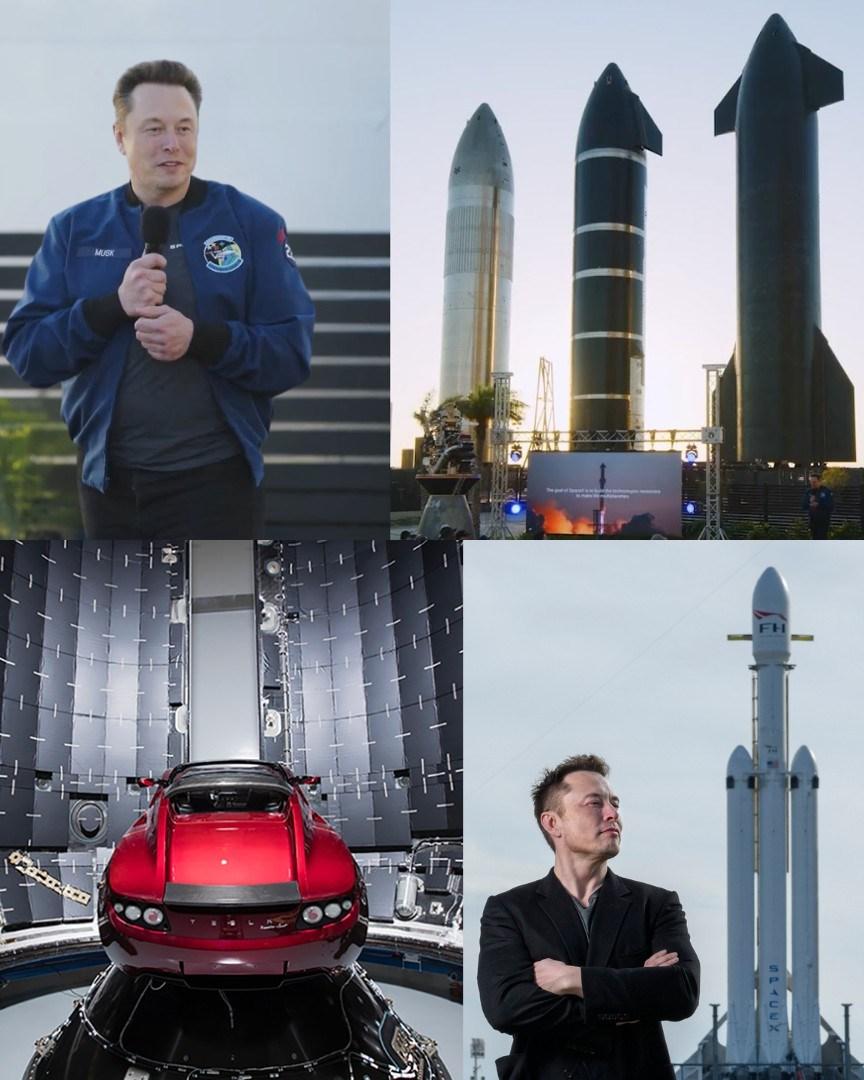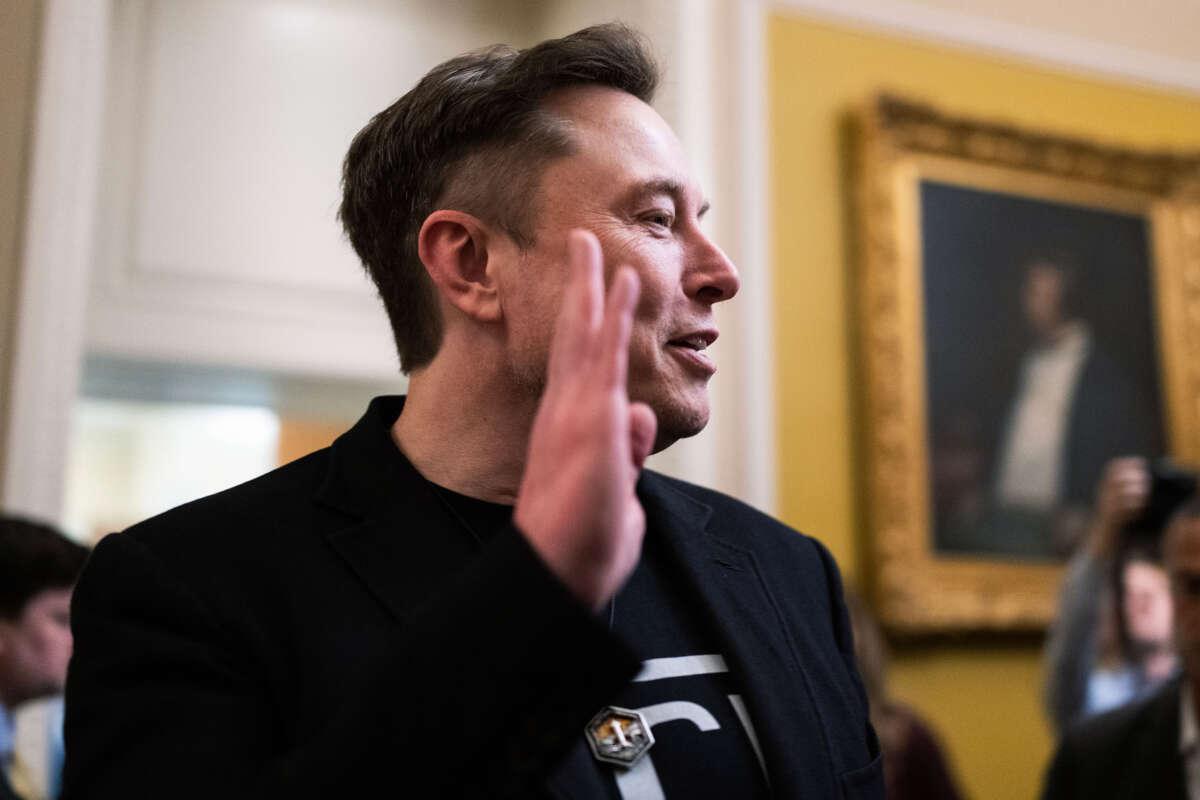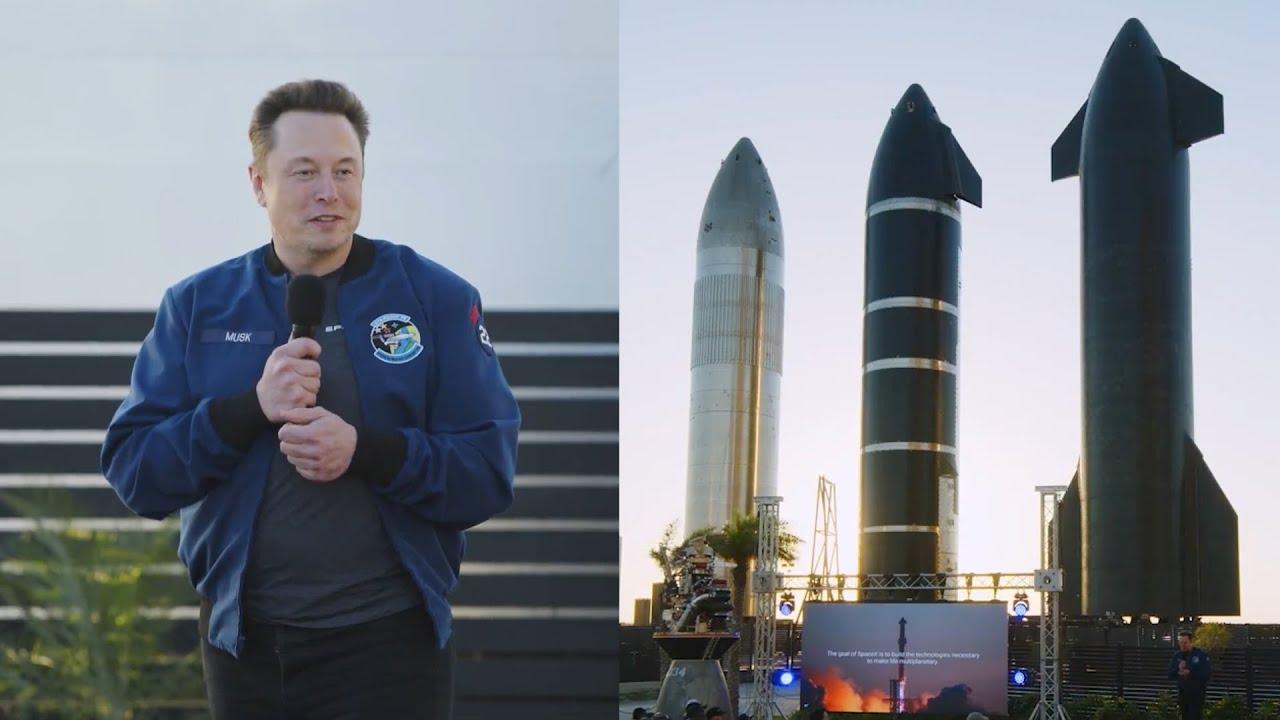February 6, 2018, will go down in history as one of the biggest media coups of the 21st century. On that day, SpaceX—the aerospace company founded by Elon Musk—succeeded in a spectacular launch: the Falcon Heavy rocket, the most powerful since the Saturn V. But it wasn’t the technological feat alone that captivated the world. It was the improbable cargo it carried: a cherry-red Tesla Roadster, owned by Musk himself, propelled into space with a mannequin named “Starman” at the wheel. An image that went viral, almost legendary.

Behind this bold move lies a masterful marketing ploy, blending science, fiction, fantasy, and business strategy. Here’s how Elon Musk transformed a technical feat into a global spectacle and an extraordinary lesson in communication.
A showcase for two companies in one image
In a single event, Elon Musk managed to simultaneously promote SpaceX and Tesla. The Falcon Heavy launch was intended to demonstrate SpaceX’s ability to send heavy loads into orbit and, potentially, to Mars. Instead of a simple concrete block as the test load, Musk chose his own electric car.
The result: images of a red convertible floating in space, with Earth in the background, flooded social media, TV news, and front pages around the world. It was beautiful, surreal, cinematic. And above all, unforgettable.
“It’s absurd and fun,” Musk commented at the time. “The absurd makes us dream.”

A zero-cost (or almost) operation
What makes this marketing stunt even more impressive is that it cost almost nothing in traditional advertising. The entire world was talking about Tesla without the company spending a cent on TV spots or web banners. Better yet, the media value of this operation was estimated at several hundred million dollars.
The Roadster in Space has become one of the most studied examples in marketing schools, proving that with a strong, symbolic and bold idea, you can conquer the world without a classic advertising campaign.
The alliance of dream and technology
Beyond the marketing aspect, this gesture touched something deeper: the collective imagination. Who hasn’t dreamed of traveling into space? Of seeing Earth from up there? Musk has captured this universal desire and given it tangible form. A man (in this case, a mannequin) at the wheel of a car, drifting forever in the void of space… a scene worthy of a science fiction film.
The soundtrack to this odyssey? David Bowie’s Space Oddity , of course. The perfect tribute to space exploration and cosmic dreams.

A long-term strategy
For Musk, this launch wasn’t just a grand gesture. It was the prelude to a larger narrative: the conquest of Mars. By sending a car into space, he’s preparing minds to accept the idea that humans might one day go there too. Every SpaceX launch, every Tesla prototype, every eccentric tweet is part of a coherent narrative strategy, in which technology serves a human epic.
What is happening to the Roadster today?
According to astronomers’ calculations, the Tesla Roadster continues to float somewhere between the orbits of Earth and Mars. Its orbit is elliptical, and it could approach Earth again within several decades. It is unlikely to ever “fall back,” but it will remain a silent witness to our time, drifting in the void like an artifact of human dreaming.
Conclusion: When communication becomes art
With this simple launch, Elon Musk redefined the rules of marketing. He proved that a spectacular vision, driven by perfect execution, could transform a technical test into a global event. The Roadster in Space isn’t just a billionaire’s joke. It’s a powerful symbol, at the intersection of technology, art, imagination… and commercial genius.
A publicity stunt? Yes. But above all, a moment of history.






